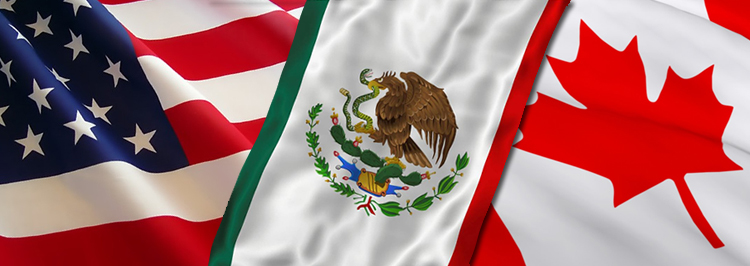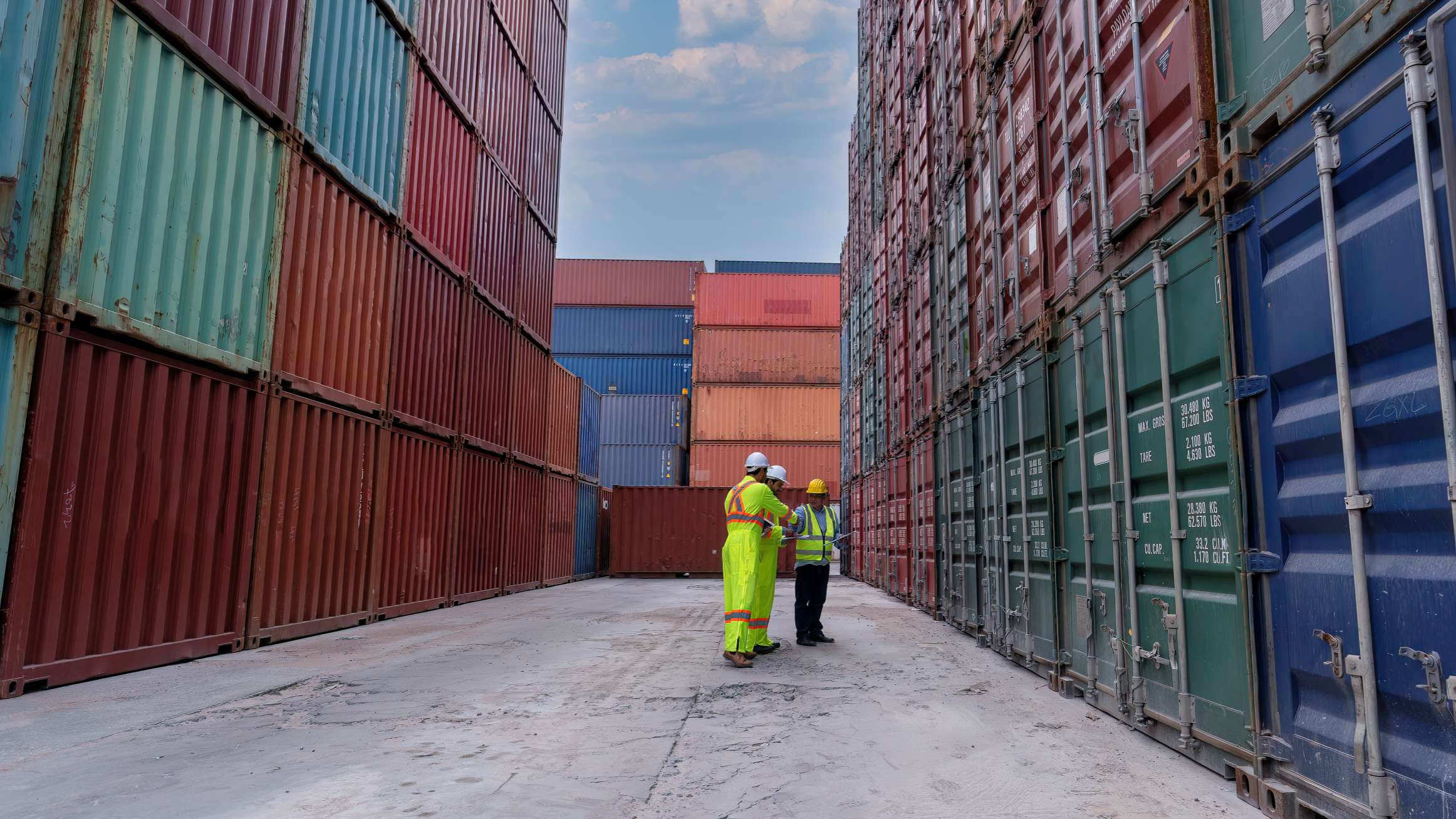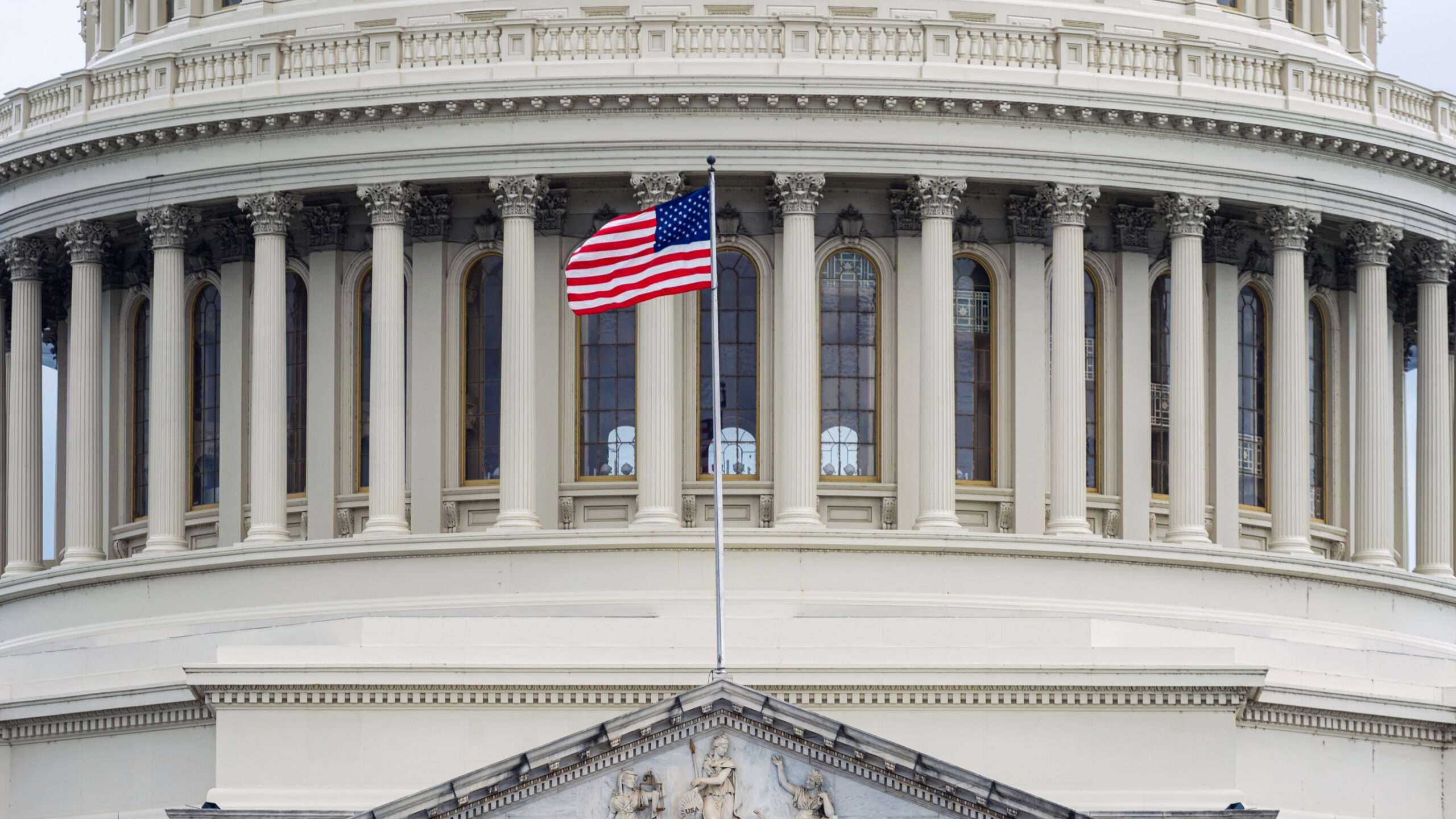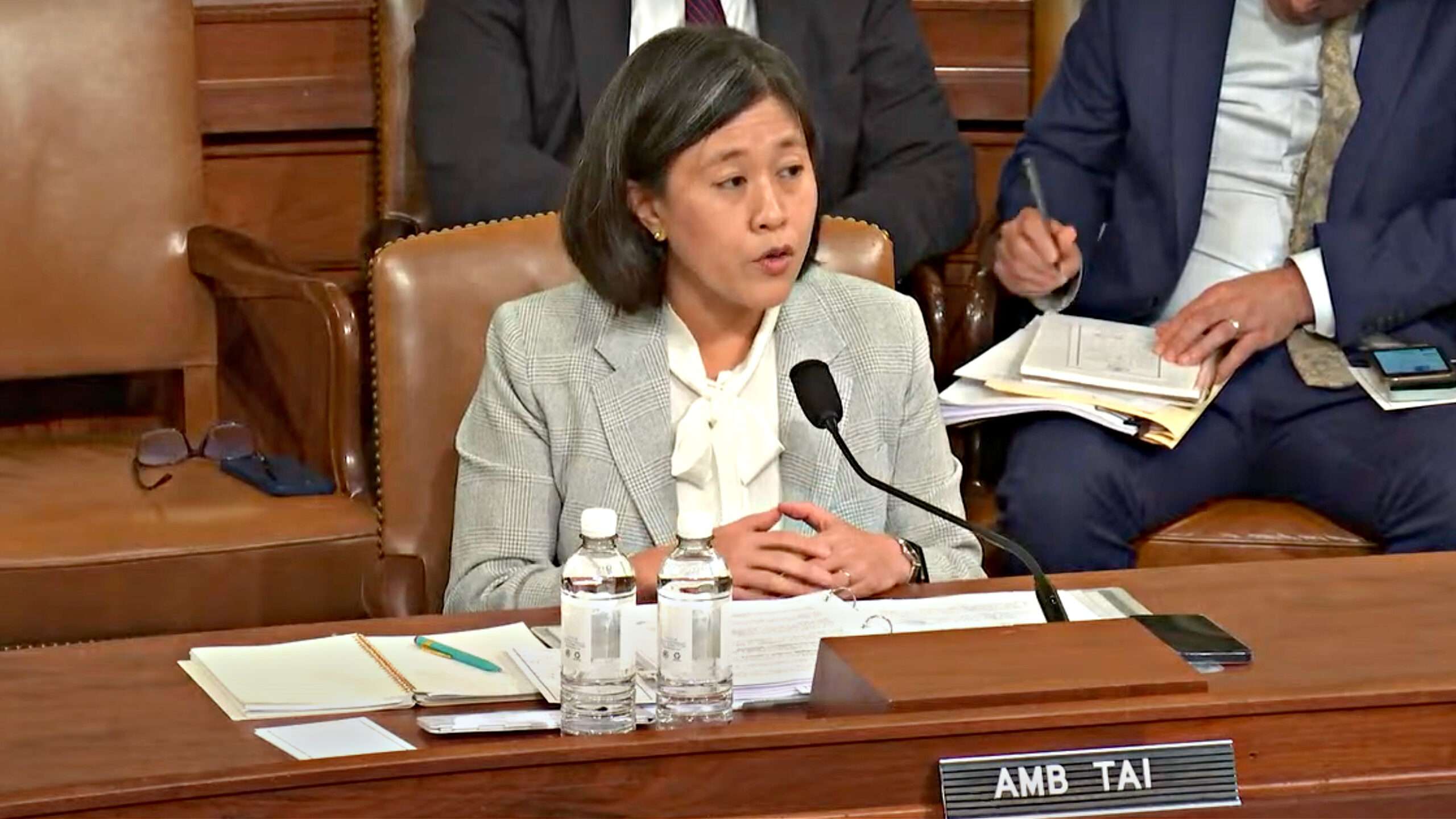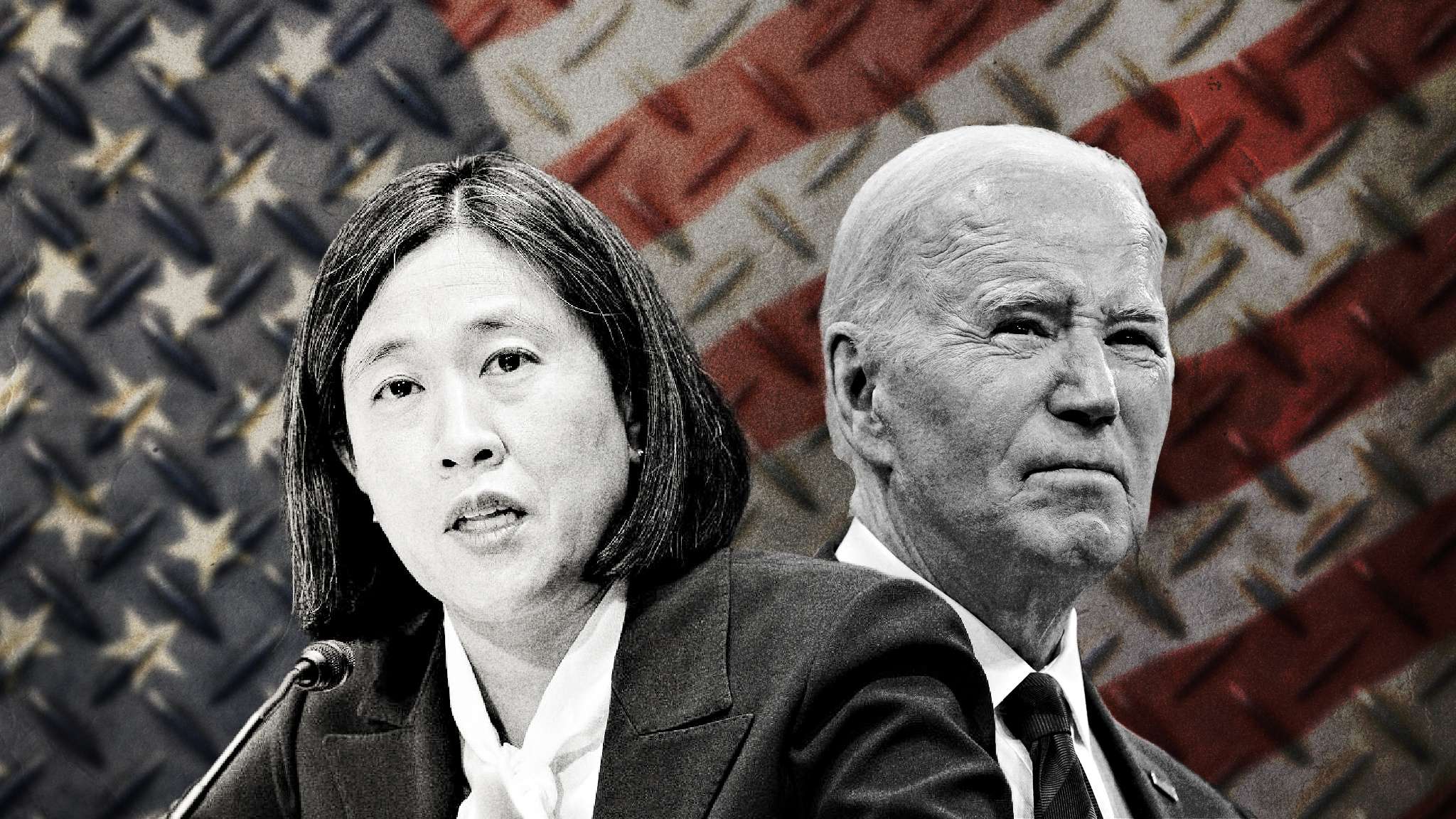WASHINGTON — President Trump has spent months pummeling the North American Free Trade Agreement, calling the trade pact a “disaster” and insisting that it cost American jobs. Now, United States trade negotiators will have to decide how tough to get on their Nafta counterparts.
[ANA SWANSON | SEPT. 22, 2017 | The New York Times]
As Canada, Mexico and the United States reconvene in Ottawa this weekend for a third round of trade talks, they are plunging into some of Nafta’s thorniest issues.
It is not clear that the trading relationship will emerge intact.
The talks, which have centered on logistics and topics of agreement, are now heading into the gritty details of proposals that could ultimately upend the pact and force any of the trading partners to walk away from the deal.
The American government is prepared to come out swinging. Wilbur Ross, the secretary of commerce, wrote in an op-ed in The Washington Post on Thursday that Nafta has provided too many advantages to workers and countries outside the North American pact and put American jobs at risk.
Mr. Ross’s comments were underscored by an accompanying Commerce Department report, released on Friday, which included data showing that fewer of the components and raw materials of goods traded under Nafta have been made in the United States since 1995, a year after the pact went into effect. The report also said the share of content from trading partners outside Nafta, including China, has risen sharply in imports into the United States from Mexico and Canada.
The Trump administration’s report is expected to dominate Nafta discussions over so-called rules of origin. Those rules govern how much of a good must be produced in North America to qualify for Nafta’s zero tariffs on many products. The United States is expected to push for raising those limits, and negotiators also appear poised to argue for a new requirement on how much of those need to be made in the United States.
For the administration, the ultimate goal of these policies is spurring American manufacturing and reducing the trade deficit.
John McLaren, an economist at the University of Virginia who has researched the effects of Nafta, cautioned that changing the rules now could have unintended side effects if they disrupt the supply chains that industries have built up around the existing Nafta rules. While Mr. McLaren has done research showing Nafta contributed to slower wage growth among some workers, he said the system is so ingrained that changing it now could actually create worse outcomes for workers.
Mr. McLaren’s research has shown that, in the towns and industries most affected by Nafta, some blue-collar workers saw their wages grow more slowly than workers elsewhere between 1990 and 2000.
“But given the changed environment in the 20 years since, I do not see how those same workers would benefit now from paralyzing Nafta through excessive rules of origin,” Mr. McLaren wrote in an email. “What Mr. Ross is suggesting sounds a bit more like ‘strangling American manufacturing.’”
Canadian and Mexican negotiators have said that they would be opposed to any United States-specific content requirement. But this may be only one of several controversial issues on the table, as negotiators consider proposals over protecting intellectual property, raising labor standards and settling corporate disputes.
Alejandro Poiré, dean of the School of Social Sciences and Government at Tecnológico de Monterrey in Mexico, said some of the negotiators around the table for Nafta talks also worked together on the proposed Trans-Pacific Partnership, a 12-country trade deal negotiated during the Obama administration.
Mr. Trump withdrew from that pact, which he also criticized as a bad deal, on one of his first days in office. Many of the basic proposals to modernize Nafta this time around are drawn from the agreements that the United States, Canada and Mexico forged as they negotiated the TPP.
Given that the same negotiators are hashing out the same points, the countries are so far basically in agreement, Mr. Poiré said. But those areas of agreement “are about to run out. So one would expect increasing levels of controversy in the next few weeks,” he said.
When that happens, negotiators will turn increasingly to the agenda of Mr. Trump and his advisers. The president has denounced the TPP and existing American trade policy, and some of the administration’s proposed policies represent a sharp turn.
That may put an untenable amount of pressure on the pact. If the three countries cannot come to an agreement, Mr. Trump has said repeatedly that he would be willing to walk out.



